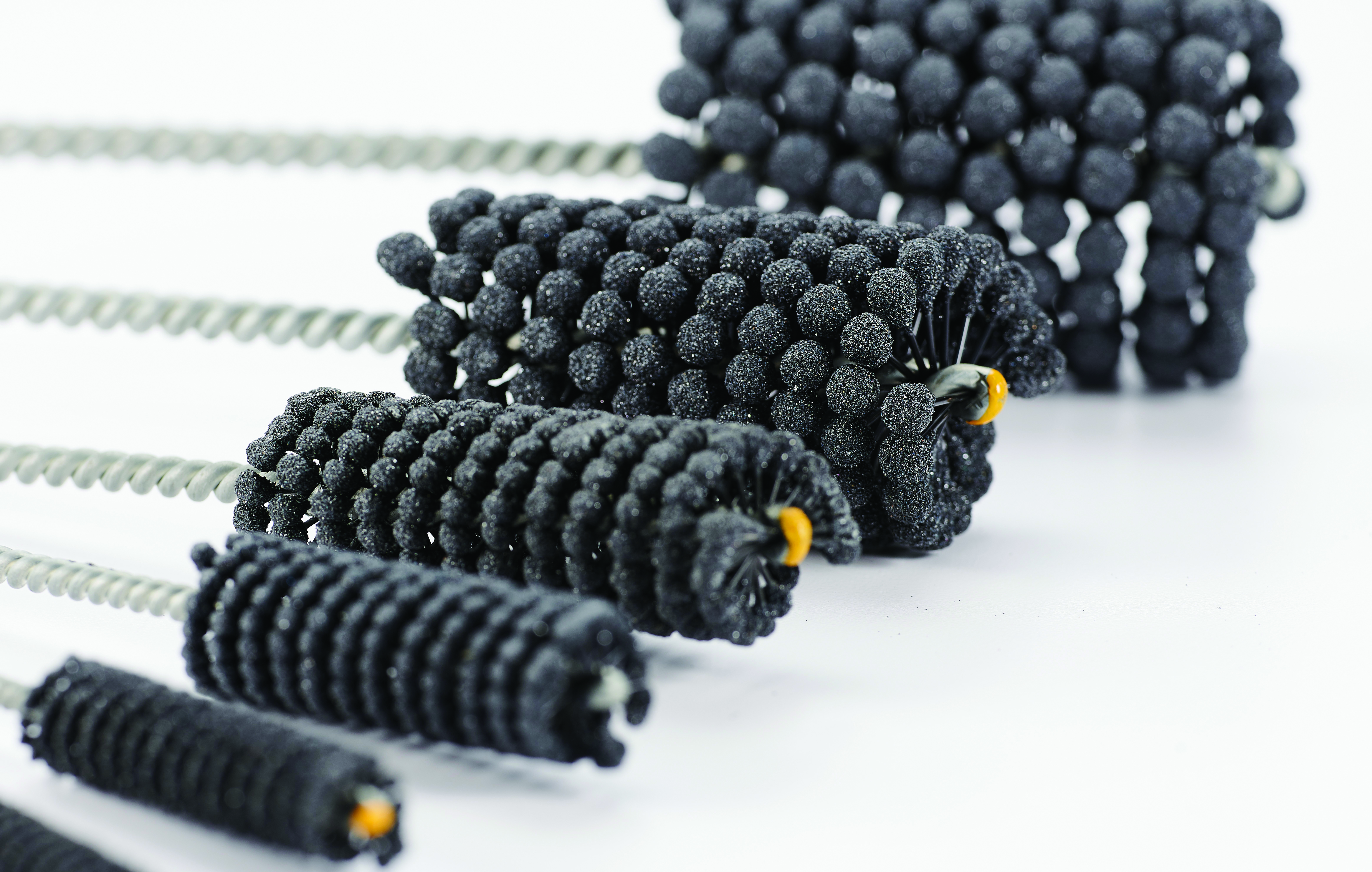Cylinder Hone Grit Guide: What You Need to Know Before You Buy
Choosing the right cylinder hone grit makes all the difference when you're trying to get the perfect finish inside an engine, hydraulic cylinder, or brake system.

What Is Cylinder Hone Grit?
Grit is the size of the abrasive particles on the hone. It controls how aggressive the honing process is. Tools like a ball hone or flex-hone use abrasive grit sizes to match different applications and finish requirements.
Common Cylinder Hone Grit Sizes
| Grit Size | Finishing Level | Best Applications |
|---|---|---|
| 60 Grit | Coarse | Rough, heavy material removal |
| 120 Grit | Medium-Coarse | Standard for engine cylinders prepping for new rings |
| 180 Grit | Medium | Brake cylinders, softer metals |
| 240 Grit | Fine | Honing cast iron or aluminum |
| 320 Grit+ | Very Fine | Mirror finish, hydraulic sealing surfaces |
How to Pick the Right Grit for Your Job
- Engine Rebuilds: Start rough (60–120) → finish finer (180–240)
- Brake Cylinders: 180–240 grit ball hone
- Hydraulic Systems: 320 grit flex-hone for sealing surfaces
- Cast Iron Cylinders: 120 or 180 grit ball hone
- Aluminum Cylinders: 240 grit or higher
Pro Tip: If in doubt, start finer. You can always remove more material if needed.
Ball Hone vs. Flex-Hone: Does Grit Matter for Both?
Short answer: Yes. Both ball hones and flex-hones rely on the right grit to achieve a good crosshatch pattern and oil retention surface. Different tools, same grit importance.
Mistakes to Avoid When Selecting Cylinder Hone Grit
- Going too rough for soft metals (causes scoring)
- Skipping grit steps (creates uneven finish)
- Not cleaning debris between grit changes
- Ignoring manufacturer's grit recommendations
The right cylinder hone grit turns an average rebuild into a professional-grade finish — and getting it right starts with the right tools from Tanis Brush.
Get the Perfect Finish Every Time
Professional-grade cylinder hones for all your automotive and industrial needs.
Quality tools that deliver consistent results.
Request a quote for your Bore-Hone BrushesFAQs about Cylinder Hone Grit
What's the difference between a Ball Hone and a Flex-Hone?
A Ball Hone typically features abrasive balls mounted on flexible wires, offering good rigidity and aggressive cutting action. It's excellent for initial honing and heavy material removal. A Flex-Hone (sometimes called a brush hone) has a more brush-like design with abrasive-embedded nylon filaments, creating a more flexible tool that conforms to the cylinder walls. Flex-Hones excel at producing a plateau finish and create better cross-hatch patterns for oil retention. Both tools serve different stages in the honing process.
Can I use a coarse grit ball hone to save time?
Not recommended. You'll risk gouging the cylinder walls instead of smoothing them.
What's the best grit for aluminum engine blocks?
Stick with 240–320 grit cylinder hones for aluminum surfaces.
Does grit size affect crosshatch angle?
No — the angle is controlled by drill speed and hone motion, but finer grits produce smoother hatch marks.


